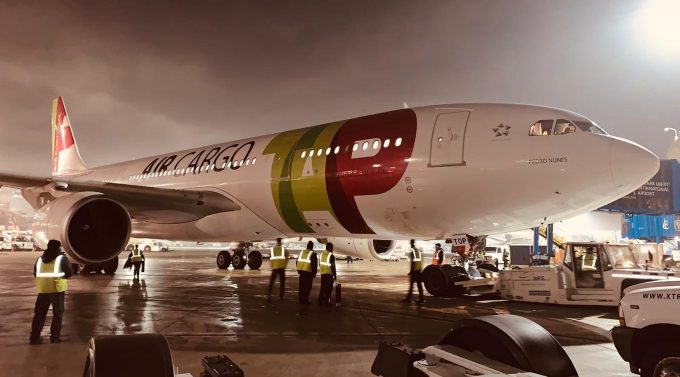Bangladesh readies new air cargo facilities after ban by India
After India cancelled the use of its transhipment facilities for Bangladesh cargo, the government decided ...

The race is on to get cheaper, alternative freighters into what has been a capacity-hungry air cargo market – and reversable conversion solutions have come to the rescue.
Earlier this month, Avensis Aviation received the STC for its fully reversible Class E solution, which it calls ...
Four crew members still missing as Wan Hai 503 continues to burn
Predatory rivals circle as the ripples from DSV's Schenker buy widen
Explosions and 'out-of-control' fire reported on Wan Hai box ship
MSC Elsa crew face criminal probe, as Wan Hai 503 firefighters battle on
Latest Israeli attack on Iran a threat to box ships in Straits of Hormuz
'It's driving us mad', say forwarders as US court fails to end tariff turmoil
Transpacific rates ease as capacity boost proves too much for trades to digest

Comment on this article